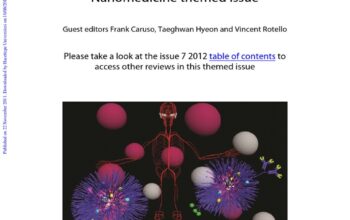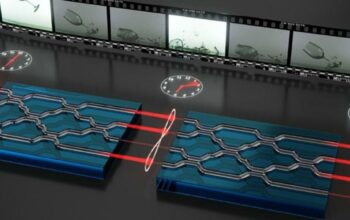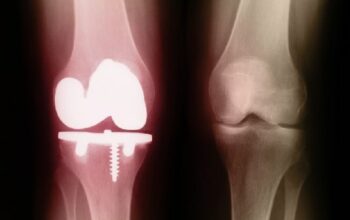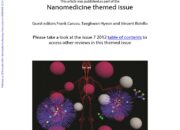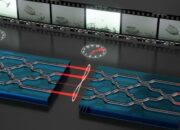The phenomenon of noise in transistors, a topic often relegated to the periphery of electronic design discourse, warrants a comprehensive examination due to its nuanced implications on circuit performance. Fundamentally, noise manifests as an unwanted signal, obscuring the desired information conveyed within electronic systems. Pivotal questions arise: Is it conceivable that our established paradigms surrounding transistor noise theory possess inherent flaws? Could the very frameworks upon which we base our designs and analytical methodologies require reevaluation?
Firstly, one must consider the intrinsic noise generated by transistors, primarily comprising thermal noise, shot noise, and flicker noise. Thermal noise is a consequence of the random motion of charge carriers due to thermal agitation, fundamentally governed by resistance and temperature. Shot noise, on the other hand, arises from the discrete nature of electron flow—each electron can be regarded as an individual “quanta” that contributes to electrical current. Flicker noise, or 1/f noise, features a frequency-dependent characteristic that complicates its analysis, especially in low-frequency applications. The interplay of these noise components significantly impacts the signal-to-noise ratio (SNR) and, consequently, system performance.
Despite extensive theoretical groundwork laid in establishing noise models, a fundamental challenge remains: the assumption that these noise sources operate independently under all conditions. In numerous instances, particularly in complex circuits involving multiple transistors, interactions among different noise sources can lead to emergent phenomena not adequately addressed by singular noise models. Researchers and practitioners are compelled to ponder whether noise contributions are indeed independent or are influenced by substrate, temperature gradients, and even power supply variations.
Investigating the implications of correlated noise sources reveals profound complexities in performance metrics. For instance, if one considers a multi-transistor setup within an analog circuit, any variation in the common-mode voltage could potentially induce correlated noise across all transistors. Such interactions might lead to systemic deviations that adversarially affect circuit fidelity. The design methodologies currently in use often inadequately account for these correlations, cementing an alarming gap in the classical noise theory.
Another critical dimension of transistor noise theory involves the role of device scaling and material properties. As the semiconductor industry progresses towards smaller nodes, the quantum effects attributable to reduced dimensions become pronounced. The prevailing models predominantly relied upon classical interpretations—do they faithfully represent the realities in these scaled devices? The assumptions embedded within noise theory may not fully encapsulate the new physical phenomena arising from nanoscale effects. This discrepancy calls into question the applicability of established noise models to modern transistor designs.
Furthermore, a comprehensive understanding of noise demands an interdisciplinary approach that intertwines quantum mechanics, materials science, and circuit theory. For example, the emergence of new materials, such as graphene and transition metal dichalcogenides (TMDs), introduces avenues for exploration regarding their unique noise characteristics. These materials exhibit properties that differ fundamentally from conventional silicon, prompting inquiries into whether traditional noise theory can be successfully transposed onto these emerging platforms. The confluence of characteristics, such as mobility and subthreshold slope, necessitates a reevaluation of noise definitions adapted to these novel contexts.
In addition to the theoretical concerns surrounding correlation and scaling, noise control methodologies also merit scrutiny. Techniques such as negative feedback and differential signaling are often employed to mitigate noise effects; however, these strategies can introduce their own set of complexities, including stability issues and increased design intricacies. Do we sufficiently appreciate the trade-offs inherent in these control strategies? The proclivity to adopt conventional noise suppression techniques without a critical analysis of their implications could inadvertently lead to compromised performance.
The task of quantifying and accurately modeling noise becomes increasingly vital. Traditional metrics, while useful, may lack the granularity necessary for intricate circuits involving numerous interconnected components. The notion of total noise power, while convenient, belies the intricate contributions of various noise sources. In practice, a more sophisticated approach that distinguishes the contributions of individual sources along with their interdependencies is required. Only through such meticulous quantification may engineers develop optimized designs that maximize signal integrity.
As the discourse on transistor noise theory evolves, one cannot overlook the burgeoning influence of artificial intelligence and machine learning methodologies. These innovative approaches have the potential to revolutionize circuit design, encompassing noise analysis within broader optimization algorithms. Can these advanced techniques effectively decipher the labyrinthine complexities of noise interactions in multi-transistor systems? Additionally, their capacity to dynamically adapt to varying operational conditions presents tantalizing prospects for overcoming the limitations of classical models.
In conclusion, the question remains: Are we sufficiently attuned to the nuances and potential shortcomings of current transistor noise theory? The challenges posed by correlated noise sources, device scaling, and new materials lay bare opportunities for enhanced theoretical models and design practices. As electronic systems continue to evolve, fostering an adaptable understanding of noise phenomena is imperative. To navigate the future of circuit design effectively, one must embrace an inquisitive approach, scrutinizing complicating factors and seeking innovative solutions beyond traditional paradigms. The implications of these explorations are vast, promising to reshape our understanding and application of transistor noise theory in untold ways.

